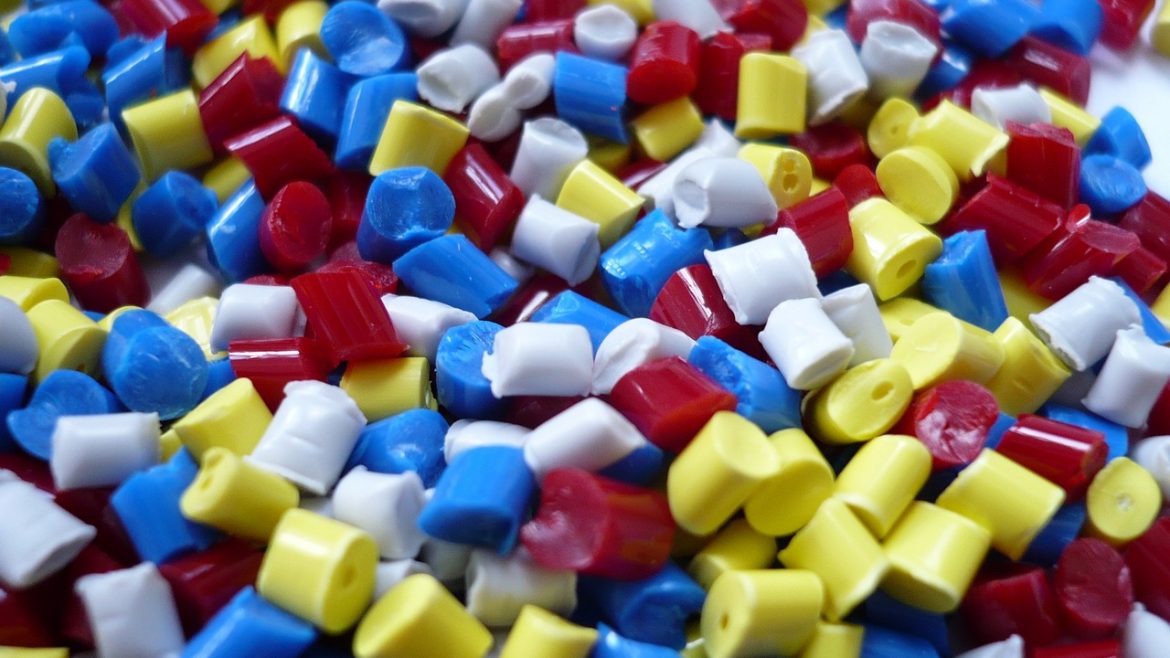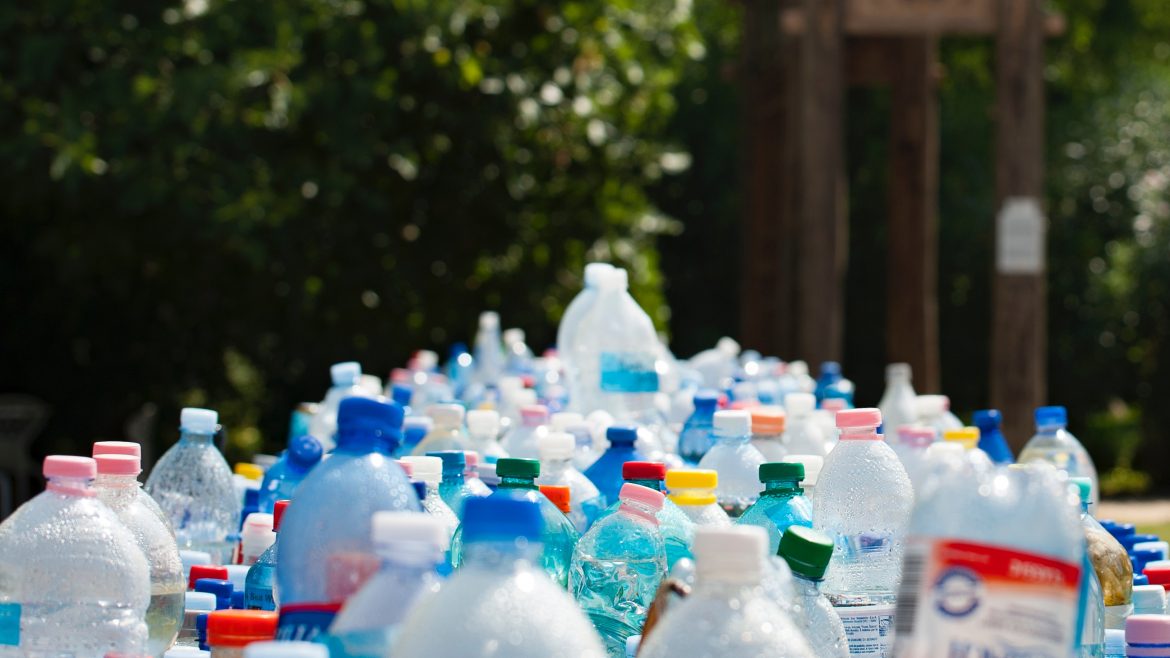When it comes to waste management and lessening our impact on the environment, the world is facing a significant challenge. The manufacture and disposal of plastic products is one significant area of concern. As a result, the polymer industry has begun to place a greater emphasis on sustainability, with a focus on the three Rs: reuse, recycling, and sustainable polymer production.
Reuse
Minimizing the use of plastic products in the first place is the first step in reducing their negative effects on the environment. Promoting the reuse of plastic products is one way to achieve this. There is less need for single-use plastic items when products like reusable bags, water bottles, and food containers are used repeatedly.
Reusable packaging has become increasingly popular in the food industry in recent years. In order to cut down on the amount of plastic packaging that ends up in landfills, many grocery stores now give customers the option to bring their own containers for bulk food items. Similar to this, some cafes and restaurants give patrons who bring their own reusable cups discounts.
Encouragement of plastic product repair and refurbishment is another strategy for promoting reuse. This is especially useful for items like electronics, which are frequently thrown away when they could be fixed and used again. We can lessen waste and the need for new plastic items by extending the life of these products.
Recycling
Recycling is the next-best choice when plastic products do reach the end of their useful lives. Recycling entails repurposing old plastic waste into fresh goods, lessening the demand for virgin plastic production, and reducing the amount of plastic waste that pollutes the environment or ends up in landfills.
There are a number of difficulties with recycling plastic. The variety of plastic types is one significant issue, which can make it challenging to efficiently sort and process waste plastic. Some towns have single-stream recycling programs that enable citizens to combine all types of recyclable materials to address this problem. This strategy, though, has the potential to contaminate recycled plastic and degrade its general quality.
The low demand for recycled plastic is another issue. Recycled plastic finds it challenging to compete in the market because virgin plastic is frequently more affordable and accessible. Some businesses are working to increase the demand for recycled plastic in order to solve this problem by incorporating it into their goods or packaging. For instance, some businesses are currently using recycled plastic in their water bottles, which decreases the demand for the production of virgin plastic.
Production of Sustainable Polymers
Reusing and recycling plastic products are crucial steps toward reducing their negative effects on the environment, but they are insufficient on their own. We must create more environmentally friendly processes for making plastic if we are to effectively address the crisis of plastic waste.
Using bioplastics is one system for producing polymers sustainably. Bioplastics are plastics produced using renewable coffers like sugarcane or sludge bounce. These coffers are more sustainable than conventional petroleum- grounded plastics because they can be continuously grown and gathered.
The creation of novel, more environmentally friendly polymer product ways is another strategy. For case, some scientists are probing the use of enzymes to degrade waste plastic and produce fresh polymer accoutrements . Other people are working on perfecting the processes used to transfigure biomass into polymer feedstocks.
Conclusion
Reuse, recycling, and sustainable polymer product are essential for minimizing the negative environmental goods of plastic products. We can lessen the volume of plastic waste that pollutes the terrain or ends up in tips by encouraging the exercise of plastic goods, raising the demand for recycled plastic, and creating further environmentally friendly processes for making plastic. To make this vision a reality, however, governments, pots, and people all need to work together. We can make a further sustainable future for ourselves and unborn generations if we work together.




